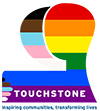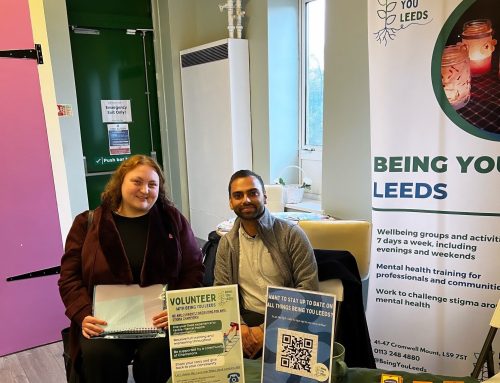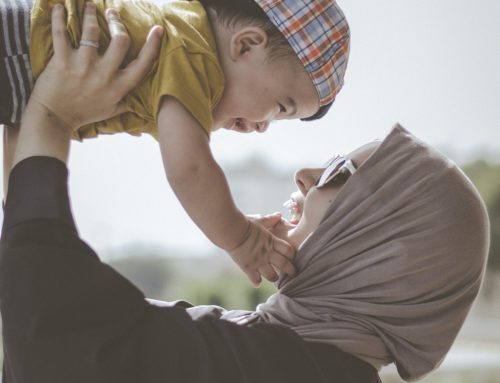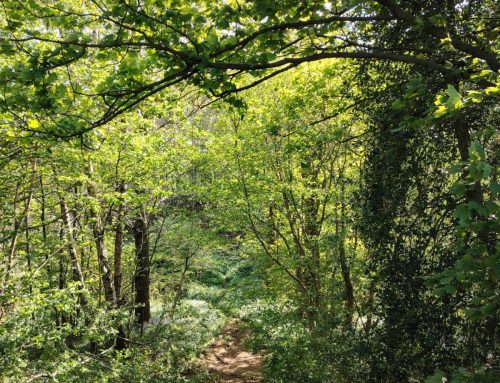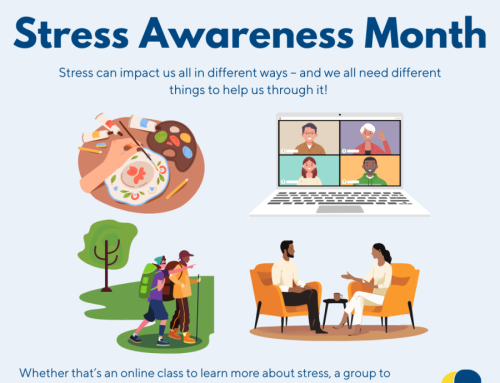Today, on Bi Visibility Day, colleagues at Touchstone have shared what bi visibility means to them. Take a look below to explore our takes on bi visibility in all its complexity.
For Rachel, from our LMWS team, bi visibility means challenging the erasure of bi people and emphasising that bisexuality is always there, regardless of relationship status.
This is only my experience, I can’t speak for anyone else, but it’s been something that I’ve been considering more and more recently. I’m not sure why. Maybe the tone of voice when someone watched me tick the ‘bisexual’ box on a diversity monitoring form last year and asked, incredulously, “Still?”
I first came out at 17, in North Yorkshire, in the early 90s.
Surprisingly, there were 2 other girls in my 6th form at the time who I also knew were bi – but I’m not sure they were as open about it at the time with other people.
Despite them, I felt a bit like a freak show. Growing up, I didn’t know of anyone who wasn’t straight and I can’t remember seeing any LGBT+ representation on TV or in films until I was well into my teens. But being open with people seemed like a breath of fresh air.
Going to Uni in Newcastle and then Leeds was a very different experience from that of my 6th form. I met more LGBT+ people and had a ‘community’ of people around me as well as straight friends who just accepted me as I was.
But in my first job, I started to try to juggle the visibility. It became so that whilst at home, with friends, I stayed true to myself, but as a primary teacher in a more conservative suburb of Leeds, before the repeal of Section 28, I worked hard to keep my real identity (and my girlfriend at the time) under wraps when in public settings.
And then I met my (now) husband; we’ve been together since the late 90s. And then we had kids. So it became less relevant to discuss my sexuality with people. I haven’t tried to hide it but it kind of never really came up in conversation at the school gate, or in the park or at soft play.
And I suppose, the layers of time have started to cover me up and I’ve started to feel invisible. Not just in terms of sexuality but in that way that often happens as we age. I’ve started to wonder who I am and where that feisty, political teenager went.
And those that knew me since ‘way back when’ have started to question things, asking if I’m ‘still’ bisexual.
And so my answer is, ‘Yes. Still’. In fact, ‘always’.
Bisexuality is always there, regardless of who I may be in a relationship with, or even if I’m not in one. It’s not about who I love but who I am capable of loving or being attracted to.
For Sarah, our Comms Officer, today is a good opportunity to challenge false myths around being bi.
A common myth about being bi is that it means experiencing attraction along binary gendered lines.
The prefix ‘bi’ can sometimes give rise to the idea that being bi means being interested in ‘only two genders’ i.e. men and women. In reality, many people who identify as bi experience attraction in a broad, fluid way and reject binary notions of gender. Importantly, this includes bi people who identify as non-binary, genderqueer or as any gender identity not confined by the binary of ‘man’ or ‘woman’. A more inclusive definition for being bi would be: a person of any gender who experiences attraction to people of their own and different genders.
This more inclusive definition complicates the sometimes rigid distinction made between pansexuality and bisexuality.
I’ve heard bisexuality described as ‘an attraction to people of “both sexes” [a definition that feels inherently exclusionary to trans and intersex people], whereas pansexuality means an attraction to people of all genders’. This kind of distinction reinforces myths that being bi is always a kind of binarised approach to attraction. In fact, there is a lot of debate, overlap and fluidity with the use of the terms pan and bi in the LGBTQ+ community.
Some LGBTQ+ organisations describe the differences between these terms as follows: bisexuality is experiencing attraction to people of multiple genders and pansexuality is experiencing attraction to anyone, regardless of gender.* Echoing that description, some may use the term pan, as they feel it more clearly communicates their open attraction to people of all genders. However, some bi people may also identify with that same openness and use the term bi because it feels comfortable for them. Others may use the terms interchangeably. As Stonewall’s glossary notes, ‘bi people may describe themselves using one or more of a wide variety of terms, including, but not limited to, bisexual, pan, queer, and some other non-monosexual and non-monoromantic identities’. In short, there aren’t necessarily hard and fast definitions or distinctions for each label. Just as we grow and change, we can play with and change the terms we use to suit our evolving identities.
Similarly, the labels we use to describe ourselves can be used alongside other labels if they feel useful to communicate the diversity of our identities.
For example, some people who identify as bi might also identify within the asexual (ace) or aromantic (aro) umbrella i.e. they might identify as biromantic (being romantically attracted to people of different gender identities) and asexual (not necessarily experiencing sexual attraction to those people).** Being bi is not just ‘one thing’ or a single experience but a shorthand description that connects a multitude of diverse experiences and people.
In short, it’s important not to assume what someone means when they say they identify as bi – or any other queer identity.
We shouldn’t expect these terms and labels to come with a carbon copy definition. Some LGBTQ+ people use labels to help themselves and others understand their identities and for strategic political purposes i.e. to make it easier to collectively manoeuvre for better rights and freedoms. However, these labels aren’t necessarily used to reinforce strict rigidity but to broaden our horizons and help us to explore our interests and identities alongside others, fluidly and with freedom and support. Equally, we shouldn’t expect LGBTQ+ people to use one label consistently or to use labels at all to describe their interests, attractions or identities.
Visibility partly means making room for diverse experience and understanding that when we expect someone else’s life to fit neatly into a strict definition, we risk erasing them.
*Please see the following LGBTQ+ organisations’s pages for nuanced glossaries of terms:
Stonewall’s List of LGBTQ+ Terms
**Please note: This is a simplified definition. Asexual identities are vast and diverse and not reducible to ‘not experiencing sexual attraction’! Here are some useful resources on ace and aro identities that explore this diversity:
By leaving ace people out of the conversation we’ll never truly understand sexuality and identity – Jai Deo, iNews
Asexuality.org
Ace Week Campaign
Asexuality Awareness Week 2021 blog by Kathy from LMWS
